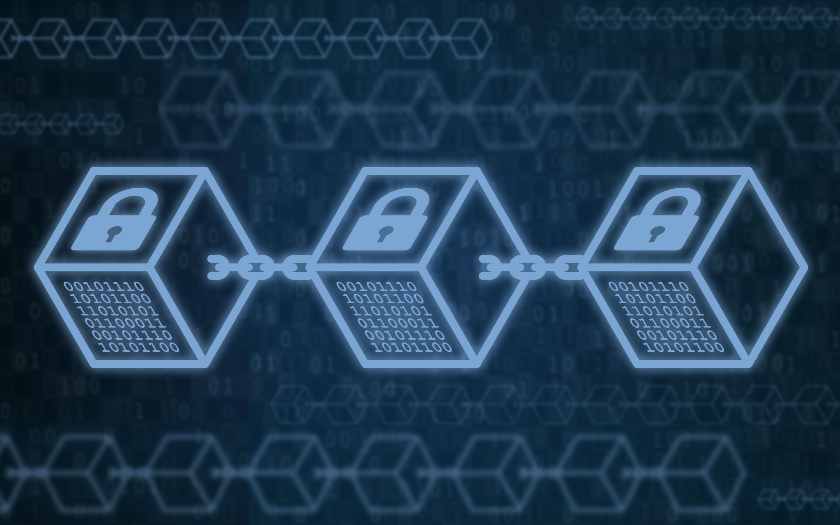Blockchain has seen tremendous growth in just a few years and continues to be one of the most exciting trends in the tech sphere. It is also almost impossible not to relate this technology to cryptocurrency. You probably have heard chatter about popular cryptocurrencies such as Bitcoin, Ethereum and Solana as well as meme coin Shiba Inu and scam token Squid. However, the future applications of blockchain go far beyond just cryptocurrency, ranging from securing confidential records to verifying digital identities.
Let’s explore some of its potential in shaping the future.
- Accelerating the movement of goods
Smart Contracts is not what you think it means. They are not legal agreements or documents that exist in the digital space. They are code and scripts deployed onto blockchain to automatically execute said agreements or requirements between parties. Take the movement of goods from a local port to a foreign warehouse for example. The preset conditions on a smart contract can be the shipper’s digital signature and the stock’s availability. Once the two prerequisites have been met, action can be taken automatically and immediately without needing an intermediary. This scenario has the potential to revolutionize global trade as Smart Contracts will enforce all rules and processes from different countries without human intervention. This simplifies complex trade procedures, reduces paperwork, increases automation, and enhances both transparency and traceability.
- Ensuring the security and integrity of voting
By augmenting the entire voting process with blockchain, ballot boxes will be a thing of the past. Eligible voters are issued a virtual token, representing their vote. This makes voting easier and more accessible as voters can cast their token via computer or mobile device from the comfort of their homes. Furthermore, blockchain’s immutable nature means no data can be tampered with by outsiders, ensuring the integrity of the system. This also prevents double voting, validates the digital identity of individuals and enhances accuracy when tabulating results. In doing so, voter identities are protected and the entire election will be transparent from start to finish.
- High compatibility with IoT technologies
While IoT has bridged the gap between digital and physical, the sheer amount of data generated is a cause for concern. Many users are worried about private information being breached or unwanted public profiles being generated for corporate scrutiny. Being designed with security in mind, blockchain can help alleviate these concerns. All digital activities on blockchain are conducted anonymously and data is encrypted to ensure the privacy and security of your information. In addition, adopting a decentralized blockchain network allows IoT devices in a smart factory or city to continue operating as usual even when one device malfunctions. There is only a single version of truth with no single point of failure. When one ‘block’ is deemed vulnerable, every subsequent block will reconcile to ensure that the flow of data and communication stay true to its original purpose.
- Unifying healthcare with digital ledger technology
Integrating blockchain into the healthcare sector unlocks the power of interoperability by fostering a ubiquitous and secure infrastructure. Not only does it protect patient information, but it can also save lives by making health data widely accessible to enhance patient care. With an overarching, single view of patient medical records, healthcare providers will make quicker diagnoses with fewer errors and offer personalized treatment tailored to individual needs. Patients are also able to retain full control over their medical data, authorizing access to healthcare providers of their choice while ensuring that the information is complete and verifiable to expedite treatment. In the future, this technology will be the building block of a better healthcare system as every hospital, clinic and doctor has simultaneous access to the same incorruptible data.
- The new blockchain darling: NFT
Non-fungible tokens or NFT kicks the value of virtual coins up a notch. It is not a digital currency but a digital asset with a certification of ownership that can represent physical objects, digital content or intangible concepts like intellectual property. This feature is what made NFT so prevalent in the digital art scene. Built on blockchain, this technology allows it to ensure authenticity of virtual artwork, making it the only art piece in existence. Furthermore, the original artist can earn from the secondary sale of their work as a script can be coded into the NFT to return a percentage of the sale to them. When compared to art in the physical world, real-life art can be imitated, stolen or ruined, thus, reducing its actual value and legitimacy. NFT is also extremely compatible with gaming, ticketing, sports, fashion and real estate, to name a few, but that is a topic for another day.
As it stands, innovative startups and multinationals are beginning to uncover new ways to leverage blockchain. The examples mentioned above are merely a glimpse at the tip of the blockchain iceberg. Until we overcome challenges preventing large-scale implementation of this future-ready technology, blockchain will remain shackled in a small pool of use cases. Despite the hindrance, blockchain adoption is not going to stop. It will continue transforming industries, enhancing quality of life and forever changing how we interact with the digital realm. It’s simply a matter of time before blockchain goes mainstream.

